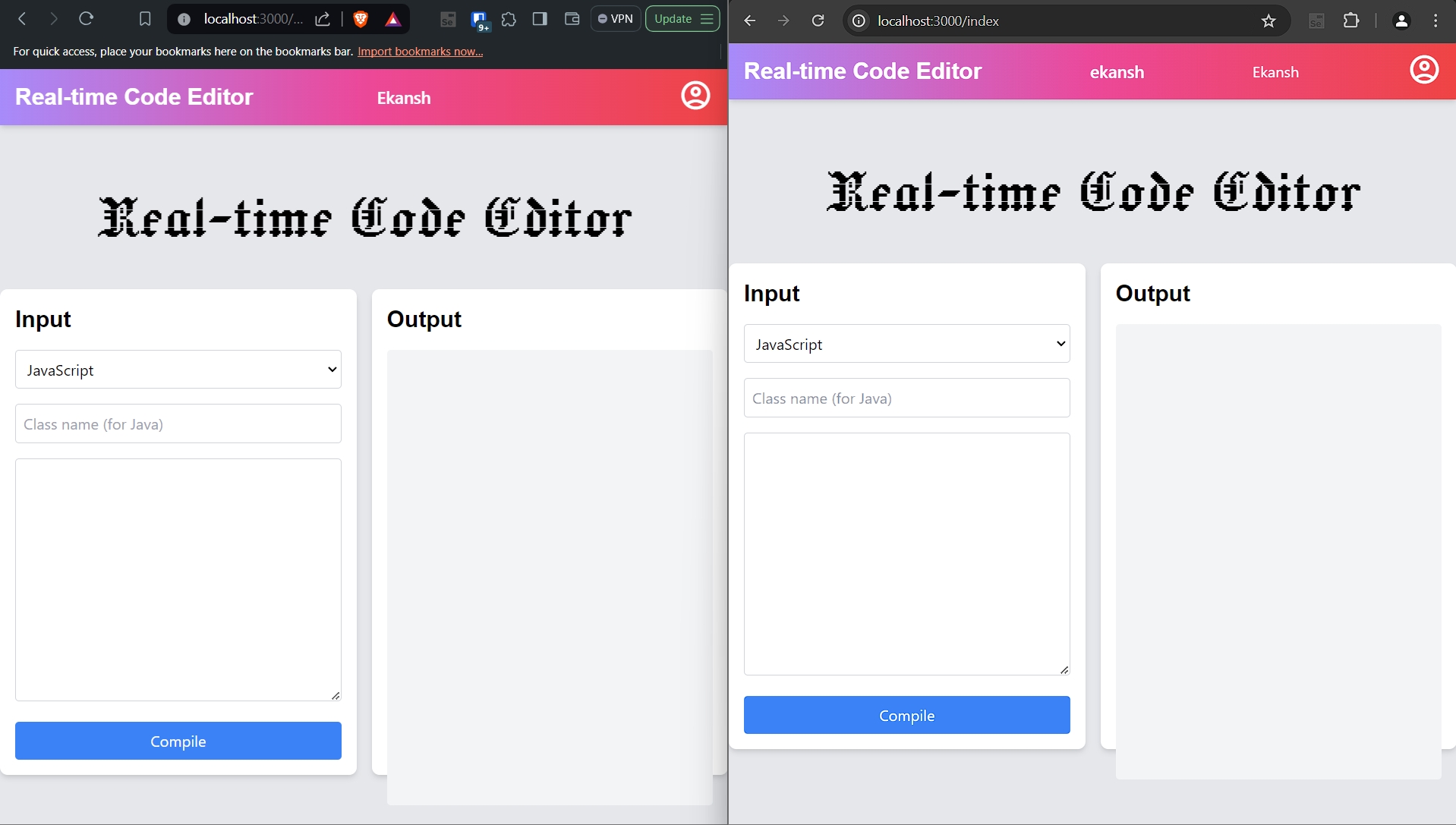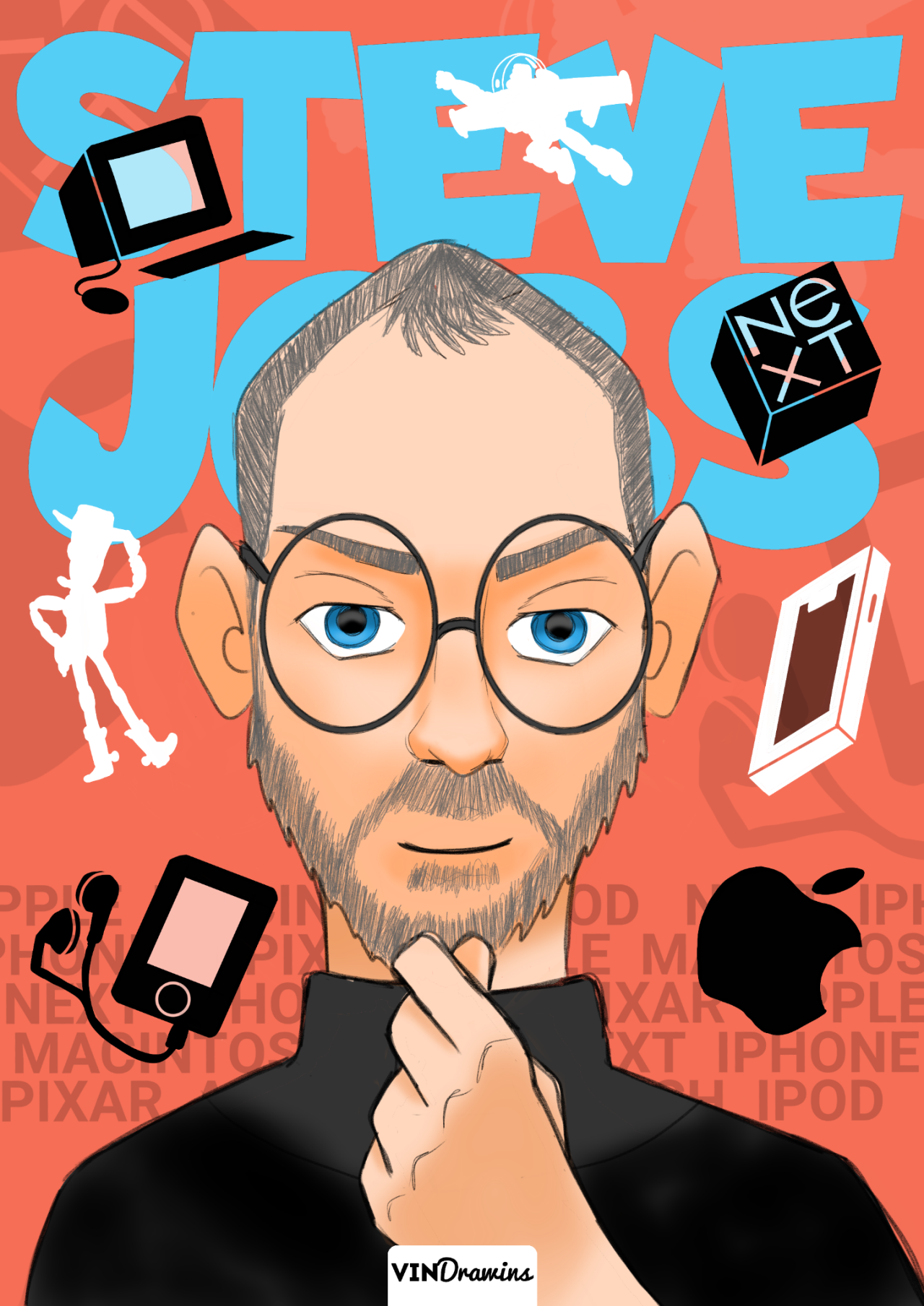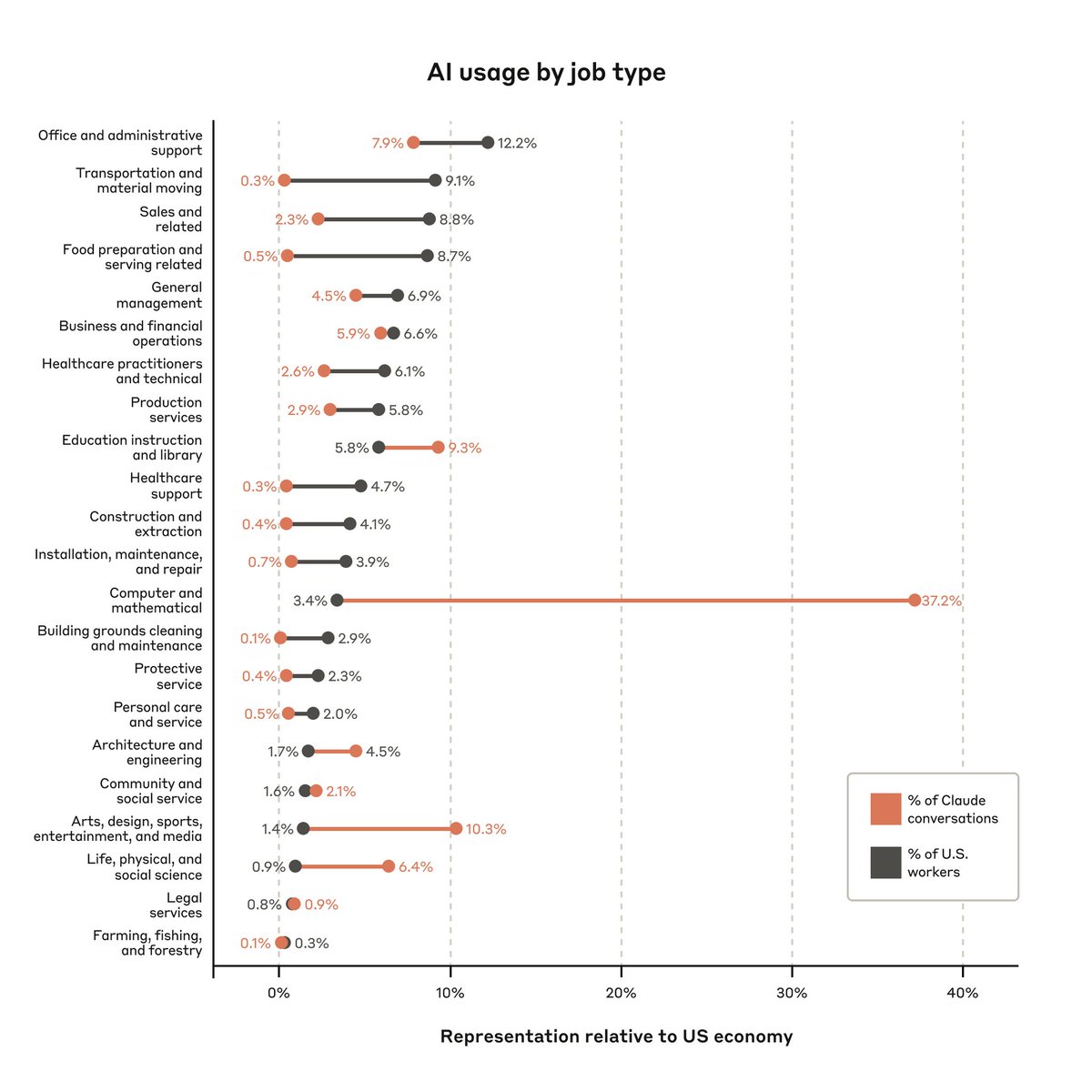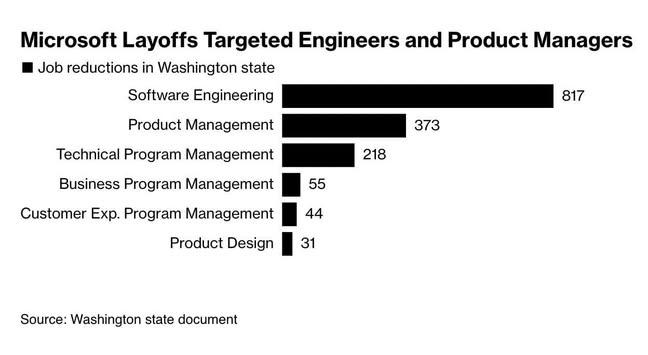Back
Gigaversity
Gigaversity.in • 7m
Reducing 500,000 lines of legacy code without breaking functionality seemed impossible—until we redefined collaboration between developers and AI. Core Strategy: 1. Precision Refactoring Trained AI models to identify redundant code patterns across 12+ microservices, prioritizing the elimination of duplicate logic in API handlers and data validation layers. Example: Replaced 47 authentication middleware variations with a single AI-generated module. 2. Context-Aware Simplification Integrated AI into code reviews to flag overly complex solutions (e.g., "This 200-line function can be replaced with a 10-line library method"). Maintained human oversight through guardrail rules that preserved critical business logic. 3. Metrics-Driven Optimization Tracked code density (business value per line) rather than sheer reduction. Achieved 65% faster CI/CD pipelines through leaner builds and 23% fewer production incidents from simplified error-handling paths. Key Outcomes: Faster Onboarding: New developers contributed meaningful PRs in 3 days vs. 2 weeks, leveraging AI-generated system overviews Security Gains: AI detected 82 unused dependencies with vulnerabilities during cleanup Scalability Boost: Cloud costs dropped 18% from optimized containerization logic Final Insight: AI pair programming isn’t about writing code faster—it’s about building systems where every line earns its place. Have you tried pairing with AI to clean your codebase? Share your experience with AI pair programming in the comments below

More like this
Recommendations from Medial
ShipWithRathor
garoono.in minimal a... • 5d
Have you guys felt afraid even though you are doing well in your career after the rise of low-code or AI? I am making apps that are generating revenue, but I am afraid I'll soon be replaced by junior developers because they are more keen to learn to
See More
Ekansh Rajput
Software Engineer ➕P... • 1y
🚀 Excited to announce my latest project! 🌟 Introducing a Real-time Online Code Editor - where collaboration meets coding! . Perfect for pair programming, code reviews, and teaching! Check it out: 🌐https://github.com/regression1607/online-code-edit
See More
Shanu Chhetri
CS student | Tech En... • 6m
Claude Code—A Fresh AI Coding Assistant!* Anthropic has launched Claude Code, a smart AI tool to help developers code better and faster. It can edit files, fix bugs, answer coding questions, and manage git workflows, all from your terminal—making li
See More
Numan Shaikh
Not your average ent... • 1y
I am building an AI/ML Deeptech startup which helps developers to generate front end back codes with 100% debugged capability as it's generated from our own custom modules and not from any generative AI products out in the model. It helps developers,
See MoreAbdul Alim
Building Lovable for... • 1m
You don’t need a team of developers anymore. You just need Crazzy. Crazzy builds full Flutter apps — UI, backend, auth, and logic — in minutes. You describe what you want, and it builds it. That’s not no-code — that’s next-gen app creation. Launch
See MoreDownload the medial app to read full posts, comements and news.






































